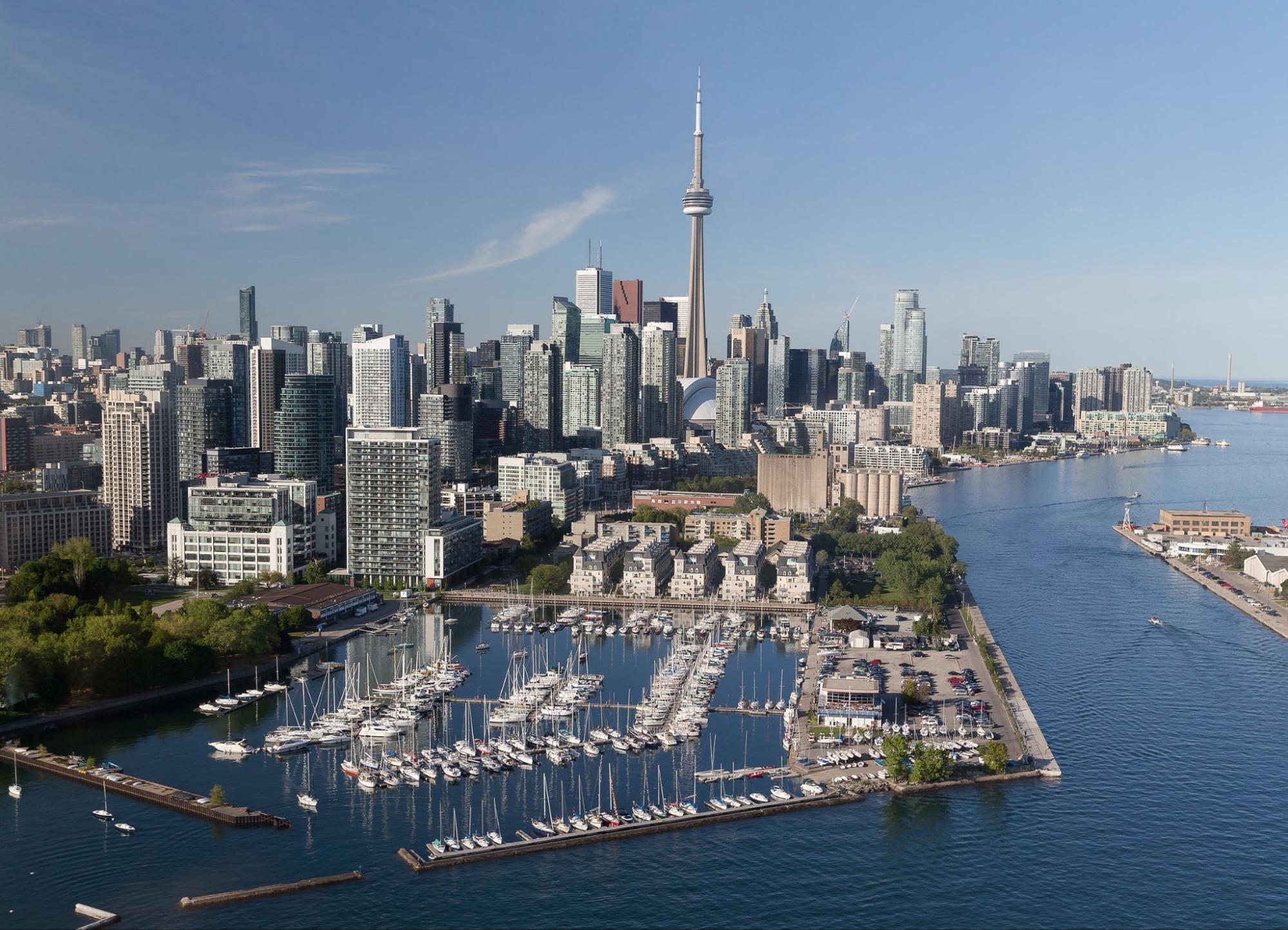Last Updated on November 8, 2023 by CREW Editorial

Forecasting real estate hotspots requires the study of key market fundamentals, and in the Greater Toronto Area one of the main drivers is the millennial generation.
Entering their prime income earning years, millennials have changed the way of people live and work. Telecommuting, for example, was a novel concept a decade ago, but today it’s pushing brick and mortar offices into obsolescence. As working from home has become the new normal, millennials in particular are capitalizing on leisurely lifestyle opportunities.
“Millennials care about living balanced lives,” said Gary Silverberg, developer of Art Condos in Toronto’s trendy Queen West neighbourhood, and of Debut Condos in Barrie, which Silverberg identified as a new hot spot.
“The generations before them had a different idea of what work and play was; they didn’t have the same luxuries that this generation has created.”
Work-life balance is crucial for millennials and they’re leading an exodus out of cluttered, expensive urban centres towards their bucolic peripheries. No longer bound by 9-5 work schedules and hour-long commutes, people whose employers are headquartered in Toronto are working from places like Collingwood and Barrie, and in their spare time enjoying the outdoors, hitting ski slopes and dragon boating on Lake Simcoe.
And while the trend has been well established for much of the past decade, the COVID-19 pandemic has accelerated it.
“People are escaping to open spaces,” said Silverberg. “I’ve noticed people feel claustrophobic, especially with the lack of stimulation and entertainment offered in major urban cities like Toronto. They’re looking for things to mentally and physically stimulate them and they realize how important it is to make decisions based on other variables, so they’re rebalancing and recalibrating themselves according to what they deem important.”
Barrie, for its part, has seized upon its nascent urbanism and vast natural landscapes. Dunlop St. W., near its six-kilometre waterfront, is being rejuvenated, in part, by a massive $2.9 billion infrastructure investment from all levels of government, and the city expects 210,000 new residents in 10 years and 129,000 new jobs by 2041. Debut Condos, comprising two 33-storey towers with 272 units apiece, is the first residential high-rise development in Barrie—a location Silverberg didn’t choose on a whim.
“Barrie’s appreciation has just started,” he said. “The city has received a lot more recognition in the last few months and it’s evident in its downtown development. Downtown Barrie is a perfect mix of urban and nature.”
East of Toronto, Courtice, sandwiched between Oshawa and Bowmanville, is another example of millennials trading in citified surroundings for arcadia. The Uplands Courtice is a near sold-out luxury townhouse project that will be home to many an erstwhile Torontonian yearning for the tranquility of nature.
“It provides homeowners with the rare opportunity to connect with nature in the middle of suburban Courtice,” said developer Alan Hirschfield of High Street Courtice Inc. “In the last seven or eight months, a lot of millennial buyers have come to Uplands looking for a better quality of life and an affordable quality of life that’s not available in Toronto.”
Neil Sharma is the Editor-In-Chief of Canadian Real Estate Wealth and Real Estate Professional. As a journalist, he has covered Canada’s housing market for the Toronto Star, Toronto Sun, National Post, and other publications, specializing in everything from market trends to mortgage and investment advice. He can be reached at neil@crewmedia.ca.









